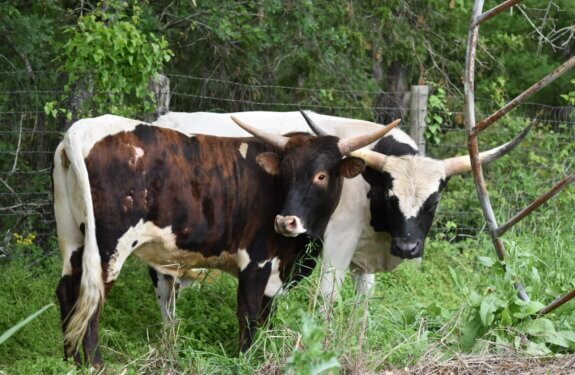In the rugged expanse of the American frontier, there's a story that's as old as the hills and plains themselves – the tale of the Texas Longhorns. These majestic beasts, with their sprawling horns, flashy appearance, and unwavering spirit, have roamed these lands for generations, embodying the very essence of strength and resilience.
Over a century ago with the plight of longhorns nearing extinct numbers in the early 1900's, due to mass cattle drives, and crossbreeding, a plan was put in place to save the breed. Down Home Ranch experienced a dwindling of our own herd, but time was our foe, as it is relentless and unwavering. It spares none, not even the mightiest of creatures. One by one, they journeyed over the rainbow bridge, leaving only one behind, our bright white and burnt orange cow, Stormy. We had to come up with our own plan to bring back the DHR herd.

Longhorns like other cattle are herd animals. They thrive on the companionship of their bovine buddies, finding solace in the familiarity of their herd. And it fell upon us, as custodians of this land, to ensure that our lone longhorn didn't spend her existence in solitude. It's about continuing a legacy of Texas heritage and preserving that tradition of pulling up to the gate at DHR and seeing healthy and happy longhorns giving you a subtle nod that you have arrived at the right place.
How Oklahoma saved the Longhorn breed
The history of the longhorn spans way back into early North American history. Texas Longhorns are direct descendants of the first cattle in the New World, which were brought over by Columbus in 1493. They arrived in the area that would become Texas near the end of the 17th century. By 1889, It’s estimated that 10 million had been driven out of Texas by savvy cowboys and businessmen. But that’s not the main reason why the Longhorn was almost extinct a few decades later. Instead, it was because they were being so actively interbred with other types of cattle to produce a meatier animal, thereby diffusing the characteristics of a true to type Longhorn.
By the mid 1920s, the plight of the Longhorn was well recognized. A 1927 New York Times article describes the breed’s doom as being sealed. Thankfully that was the same year that Longhorn conservation got under way at the Withita Mountain Refuge in Oklahoma. A ranger at the Refuge called Earl Drummond is credited with the original idea. Once the 69th congress approved that $3000 be set aside to cover the costs of bringing a herd to the Wichita Mountains, things really got moving. Refuge personnel were sent to Texas where they surveyed around 30,000 head and they selected the 30 that showed the strongest, purest characteristic of the original Longhorn. Color, large bones, shorter forelegs, wide-set eyes, short neck, long heads, and even utter shape were important. But most important of all, was the shape of their horns. The refuge personnel also known as the Wichita men, were looking for a particular kind of “curved formations,” that represented the breed best.
Once the foundation herd had been selected, it was brought to the Refuge. The animals were branded, and a controlled program of breeding began. over time they “eventually over time bred out all impurities” meaning, any remaining traces of interbreeding with other types – “and we have the pure true pure breed Texas Longhorn now.” The size of the herd is controlled to ensure that there are never more cattle than the Refuge’s grassland can accommodate. Starting in the late 1960's once the number of the herd had reached levels that conservationist was comfortable with (approx. 300 head,) some were selected to be sold to the public, who wanted a part of history to take home.
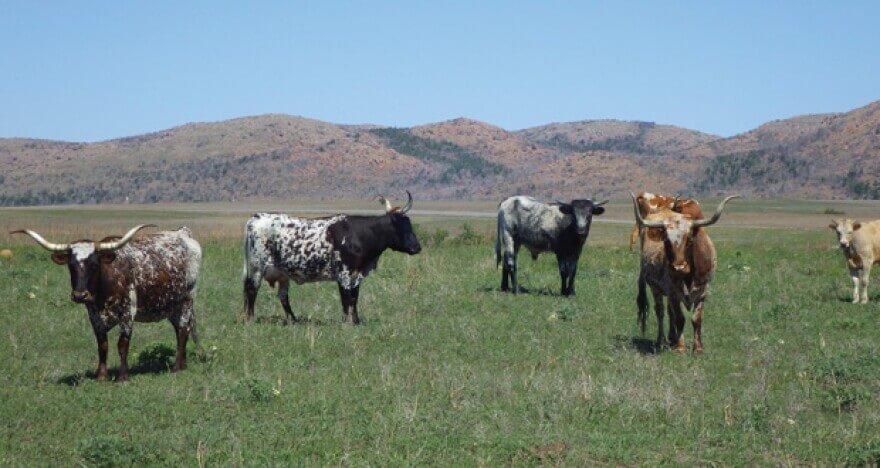
Meet the Griffiths
Kelly Griffith and her family, with hearts as big as the Texas sky, have stepped forward in our time of need. Their son Brian Griffith was a rancher for a time at Down Home Ranch and had a lot of love for the ranch and letting us have “his” Longhorns. When Kelly heard about our situation, she felt like this was a perfect fit for her two young longhorn steers to find their forever home. She reached out to us, and you can see the heartwarming video here, and how it all came together. We look forward to seeing the Griffiths' out here from time to time to check on their “boys.”
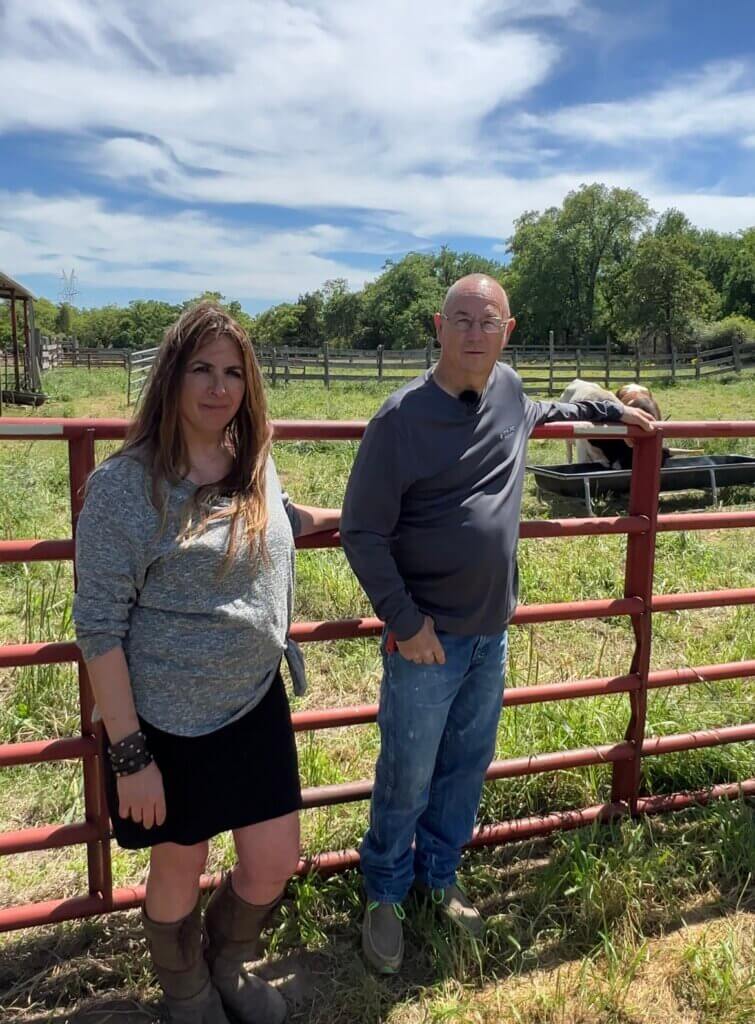
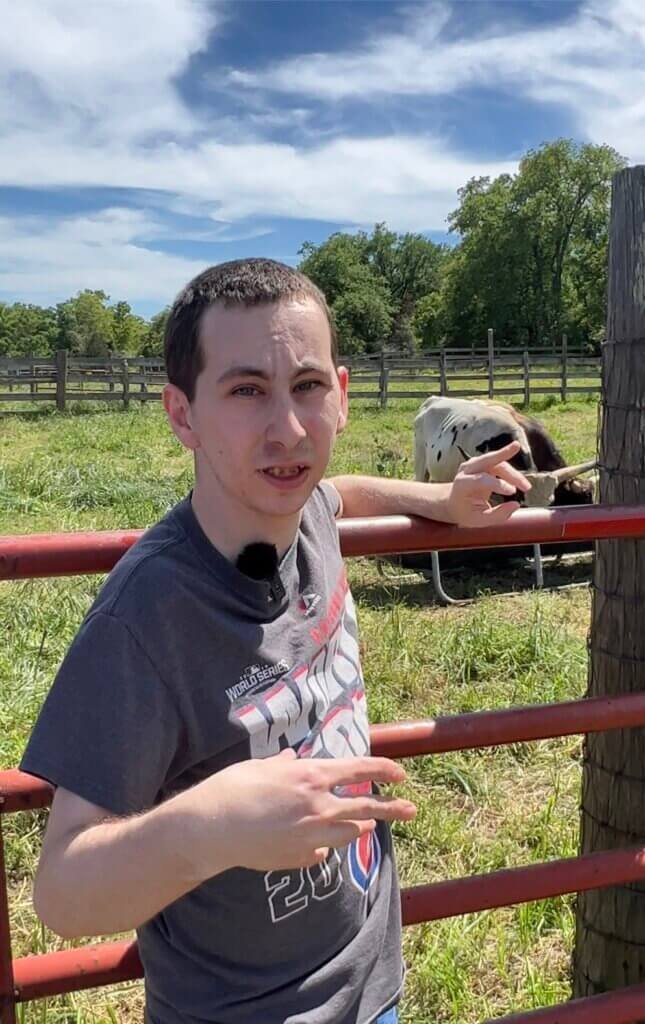
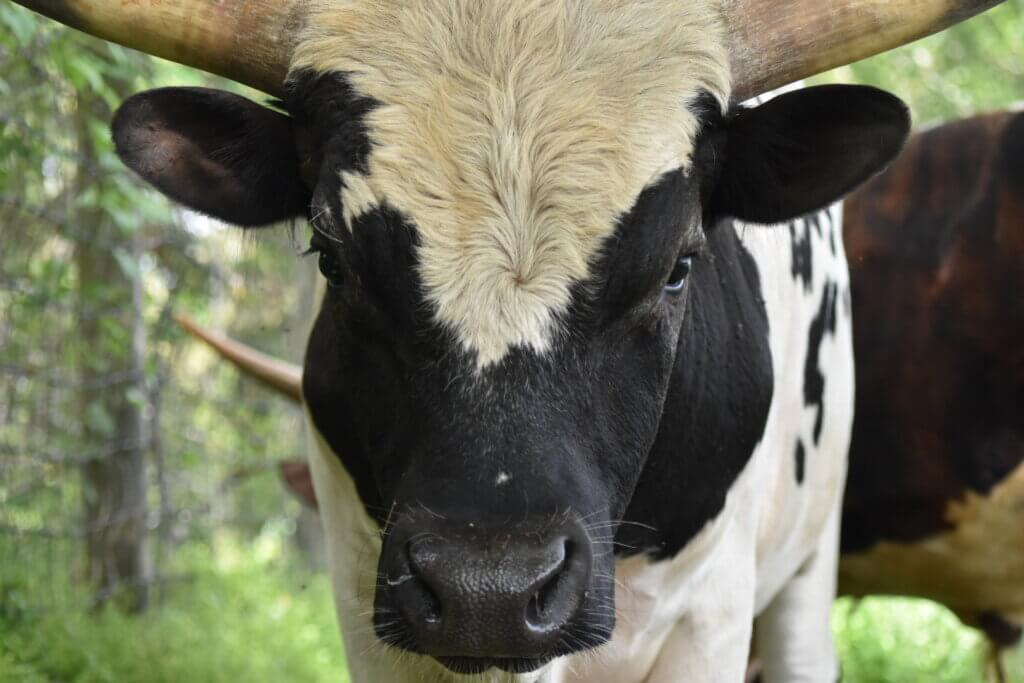
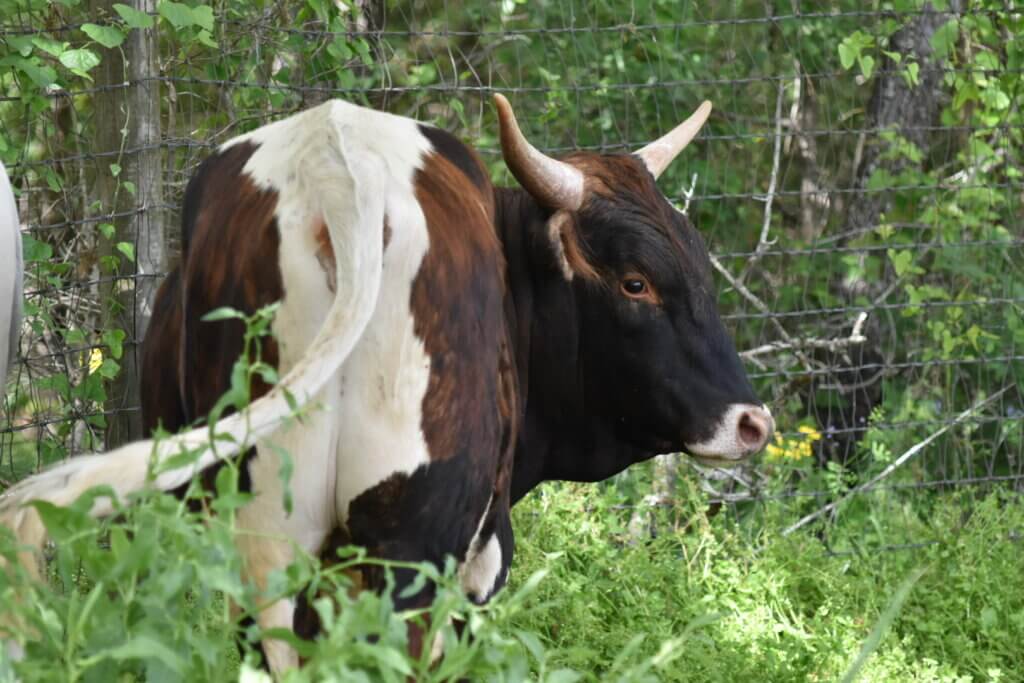
As we ride off into the sunset on this story, let's carry with us the spirit of Texas and the joy of reconnection. Where the stars burn bright and the friendships run deep, the journey is always sweeter when shared with others. Here's to friendships, longhorns, and the power of reconnection – may they flourish like the sunset across the Texas Sky.
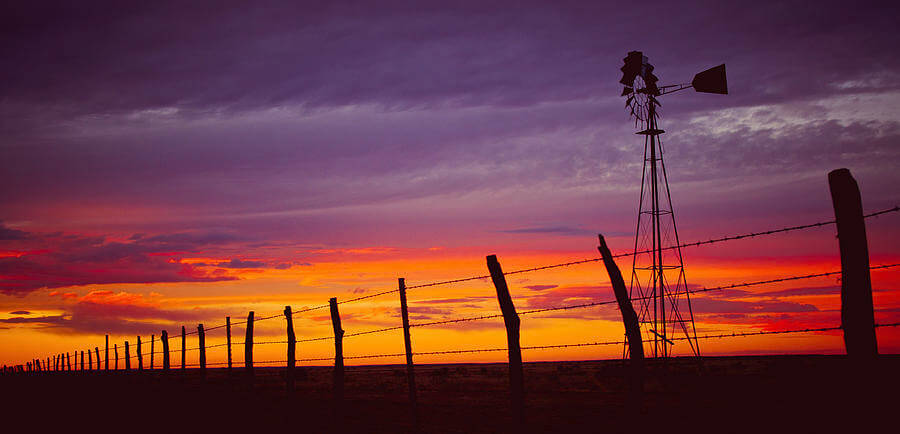
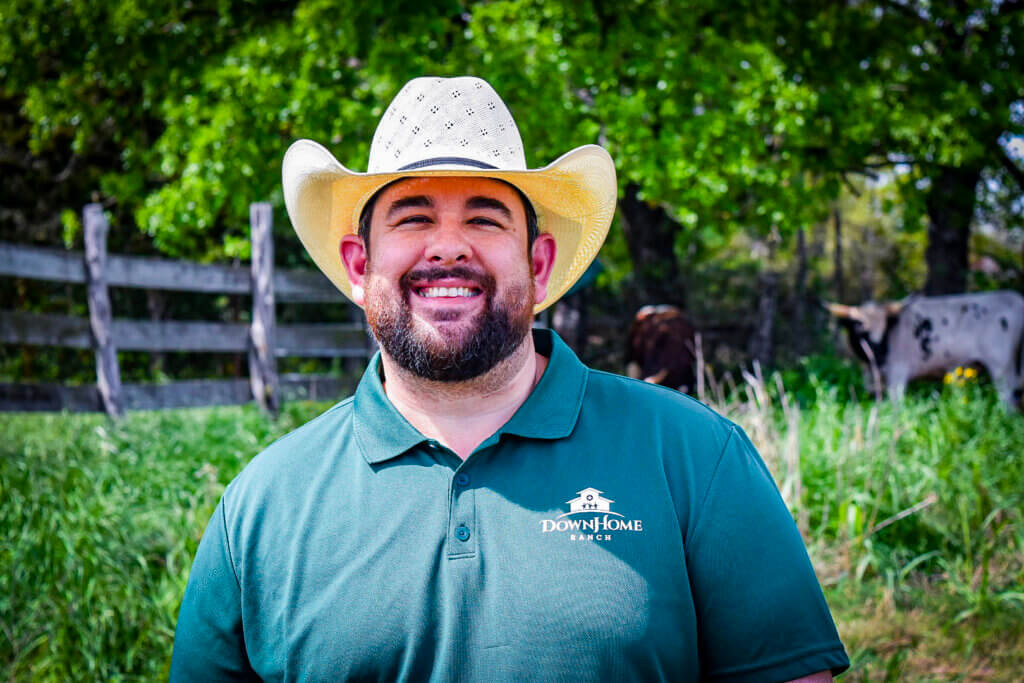
Derek Knapp, Director of Development at DHR, has a deep connection to Texas Longhorns. Some of his earliest memories are around longhorns his grandfather had purchased from the Wichita Refuge and continued to raise until his passing in 1998. His uncle also raised Longhorns and used the hardiness of the breed to raise some of the best sporting cattle in the state. Derek continued in the tradition, and raised Longhorns until he sold his ranch in 2022. Any opportunity to be around Longhorns and share with others their rich history, in his opinion, is always time well spent.
